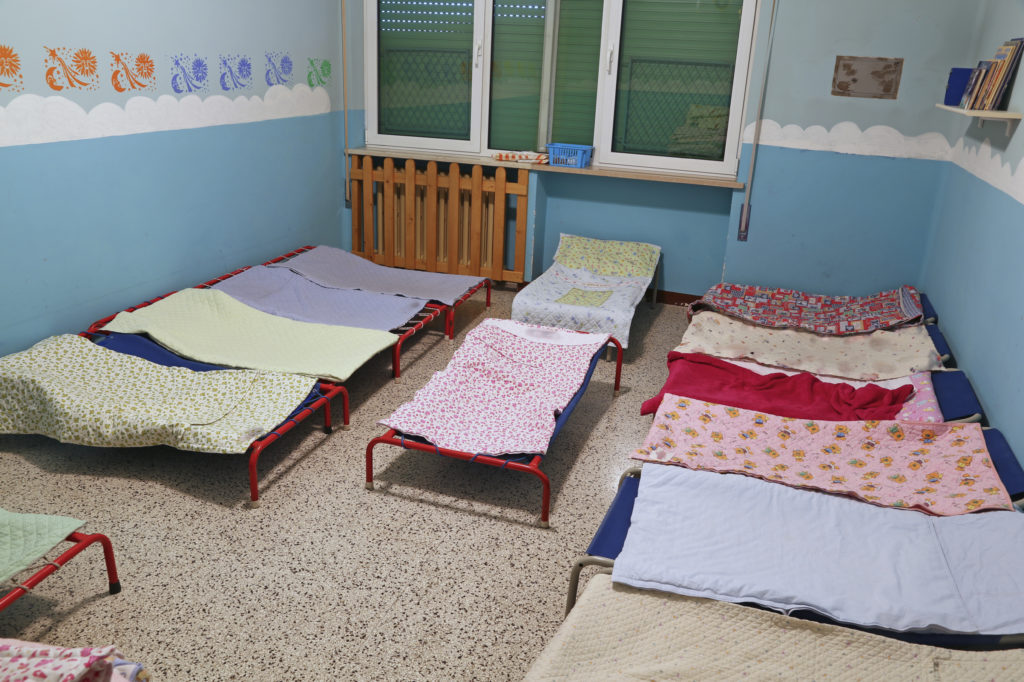Everyone loves a success story. Whether it’s the teenage mom who quits school, goes on to get her GED and eventually becomes a successful executive, or the foster youth who, after enduring a childhood of abuse and neglect, goes on to graduate college and become a child psychologist, we not only root for them; we hold them up as examples. We want to encourage our young people to overcome adversity, to get a good education and to believe that, with hard work, every dream is possible. But in doing so, are we setting them up for disappointment?

Statistics show that youth in foster care are 44 percent less likely to complete high school than their non-foster care peers. People have various opinions on why this is the case. Ronald Richter, of the JCAA (formerly known as Jewish Child Care Association) told Naomi Schaefer Riley of the Independent Women’s Forum, “More and more, we understand that the 0-5 [years old] stage is critical for young people to develop self-regulation. You learn when you get up, when you go to sleep. The brain is trained to understand routine,” but, he continues, in most cases foster children have “a very poor 0-5 experience.”
So, children who are victims of neglect, who have grown up with no rules and no positive reinforcement for good behavior, are unlikely to be able to adhere to a schedule and meet demands from authority figures. This, of course, impacts their ability to finish school and/or hold down a job. Unless they receive the proper support services to make up for the guidance they lacked at home, it is likely they will become a statistic rather than an exception.
So where can foster youth who are aging out of care go for help? Riley writes that a group called America Works, a national organization that was recently contracted to work with foster youth in New York State, believes that “the first step to getting people to be independent, productive citizens is getting them a job.” But instead of focusing on getting a college education as a means to secure employment, American Works places youth in low paying jobs with benefits, so they can gain valuable work experience and personal discipline. Supervisors not only teach job skills but also life skills, helping youth learn how to interact with customers and colleagues, how to build a household budget and how to manage their time.
Mastering these skills is essential for foster youth; it allows them to keep the jobs they have, and it prepares them for something better in the future. When they’re ready, America Works helps foster youth with obtaining a GED or with registering for college courses.
In New Jersey, eligible aged out youth can receive funds towards tuition and fees through the New Jersey Foster Care Scholars program. Youth who have aged out of care can apply to the program up until age 23 and can receive funds for up to five years from enrollment if they are attending a public NJ postsecondary institution and meet NJFC eligibility criteria.
. To learn more about assistance for aged out youth in your state, contact your local child welfare agency.
A strong foundation of experience, education and enthusiasm ups the odds of foster youth thriving once they age out of the system, giving them a better chance of becoming the example everyone loves to root for.
To read the full editorial, click here.





